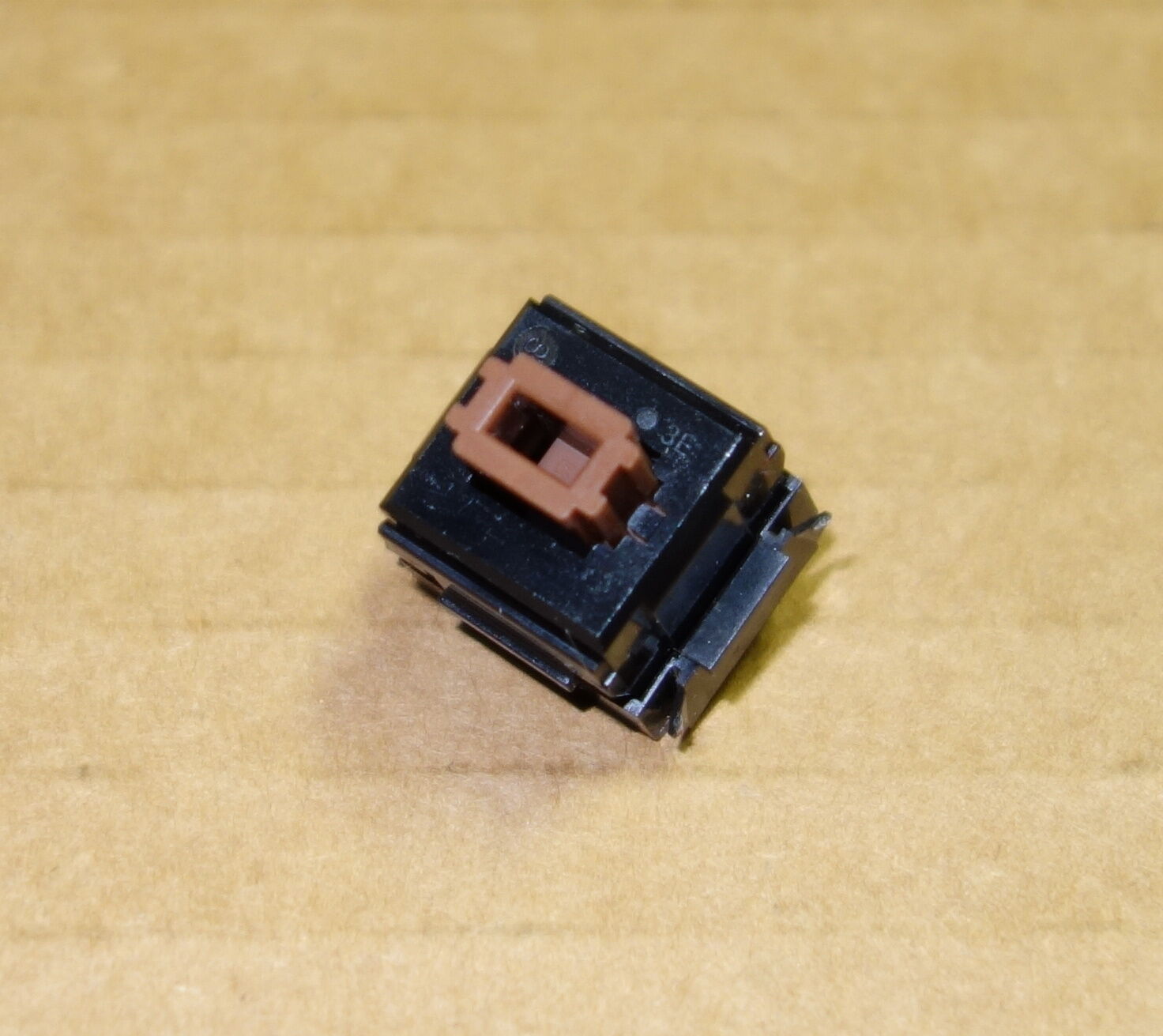-40%
Intel 4004 - The First Microprocessor - NOS,D4004,DC 8101,Malaysia,Tested
$ 145.19
- Description
- Size Guide
Description
About this Listing:This listing is for a very rare new-old-stock Intel 4004 microprocessor.
This year, 2021, is the 50th anniversary of the invention of the microprocessor, the first being the Intel 4004.
The chip offered here is a never used new-old-stock
Intel D4004
. The chip was made the 1st week of 1981 in Malaysia.
The Intel D4004s were produced in lower quantities than the Intel P4004s and are more scarce and valuable.
The 18 leads are tin and the body is gray ceramic. This chip is in excellent condition.
The chip pictured is the chip you will receive. This chips has been tested and works, amazing after 50 years! This chip would be a great addition to your microprocessor collection.
About the Intel 4004:
The Intel 4004 was the world's first microprocessor. The 4004 was created by Intel with Ted Hoff and Federico Faggin as the lead designers and Stan Mazor and Masatoshi Shima as co-contributors. The 4004 provided a new tool to the world. Up to that time semiconductors and integrated circuits were built for specific purposes. The 4004 was the first semiconductor device that provided, at the chip level, the functions of a general purpose computer. Federico Faggin signed the 4004 with his initials, FF, which can be seen at the lower right side of the 4004 chip die.
In 1970, computer designers had two choices in building their machines. The more common practice was to use printed circuit boards with 100's of logic chips arranged to the unique specifications of the machine. Building the central processor often required multiple large boards. The second approach was used to save space, but was much more expensive. Companies would commission the creation of custom chips. These chips would take the design implemented with 100's of logic chips and condense the design onto a few custom made chips. Changes were expensive and slow in coming.
Intel introduced the 4004 as “random logic”, in other words, the 4004 allowed designers to change the circuit's logic at random, through programming. Essentially, the physical chips that logic designers were building circuits with could now be represented by bit patterns in memory and implemented by the 4004 microprocessor. Although a common notion today, this was a very new concept and Intel spend lots of time and effort educating engineers across the country. Intel's interest was not in money to be made from selling the 4004, but in selling the memory to support it. Intel was a memory company, not a logic chip company. This was a chance to gain market share for memory at the expense of the logic chip manufacturers.
The 4004 provided the basic building blocks that are still found in today's microcomputers: the arithmetic and logic unit and the control unit. The 4-bit Intel 4004 ran at a clock speed of 108 kHz and contained 2300 transistors. It processed data in 4 bits, but its instructions were 8 bits long. The 4004 addressed up to 1,024 bits of program memory and up to 4,096 bits of data memory. It had sixteen 4-bit (or eight 8-bit) general-purpose registers, and an instruction set containing 46 instructions.
The 4004 was 1/8th inch wide by 1/6th inch long. This small microprocessor had more computing power than the first electronic computer, the ENIAC, which occupied 3,000 cubic feet and weighed 30 tons.
Want to see more AntiqueTech items?
Click here to see more AntiqueTech
TM
in my store on eBay
Want to see my artworks made with computer chips?
Click here to see more ChipScapes
TM
in my store on eBay
To Learn More:
For more information about chip collecting as a hobby
,
please check out my
AntiqueTech
TM
website.
For more information about ChipScapes
TM
, please check out my ChipScapes
TM
website.








